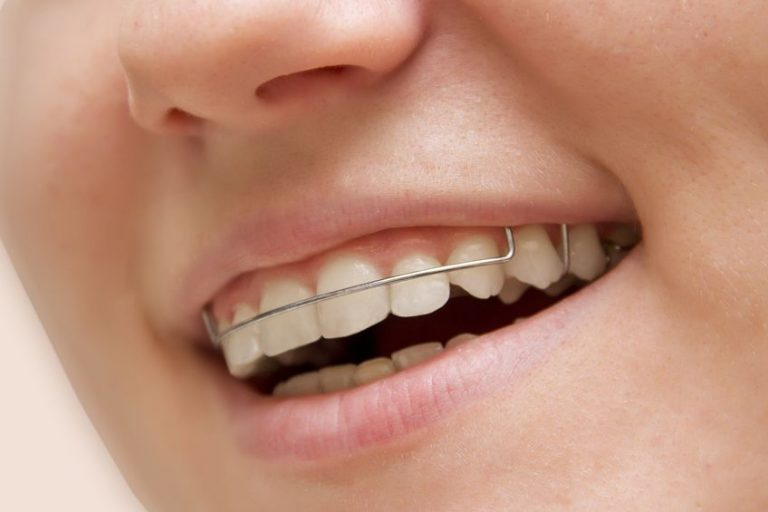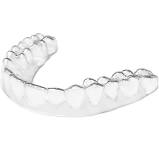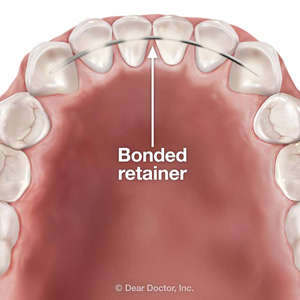


A retainer is a piece of plastic and metal that is custom-made for each individual kid who needs one. It fits the top of the teeth and mouth. No two retainers are alike, even though many look similar. Retainers are really common. In fact, most people (kids and adults) who have braces have to wear a retainer for at least a little while after getting their braces taken off. Other people wear them to close gaps in their teeth, to help with speech problems, or to solve certain medical problems.
Why Do I Need to Wear a Retainer?
There are different reasons why you might need a retainer. The most common reason is to help your teeth stay set in their new positions after wearing braces. It’s important to wear your retainer because as your body grows, your teeth do some shifting. The retainer helps to control this shifting, which occurs naturally.
After your braces are removed, your orthodontist (a special dentist who helps straighten teeth and correct jaw problems) will fit you for a retainer. He or she will tell you how long to wear it and when. For example, you might have to wear it all day for 3 months but then only at night after that. Some kids may wear their retainer only at night right from the start, but they may have to wear it for more than a year. The retainer keeps the teeth in line and you won’t even notice it while you’re sleeping!
Other kids may wear retainers to close a space between their teeth or just to move one tooth. In these cases, braces aren’t needed because retainers can do the job. Often, retainers will be worn for several years to close a space, for example, and then keep the gap closed by holding the teeth in place. When you wear a retainer for any reason, certain teeth may feel pressure and might even feel sore for the first few days. If you experience this, don’t worry — it’s completely normal.
Retainers can help many mouth problems besides shifting teeth. Sometimes they’re used to help a medical problem. For example, you may have a tongue thrust (a condition where your tongue sneaks through your teeth when you talk). Some retainers, known as a crib or tongue cage retainers, are designed with small metal bars that hang down from the roof of your mouth. These retainers keep your tongue from going forward in between your teeth when you speak. Your tongue is trained to go to the roof of your mouth instead of through your teeth. The length of time kids wear a tongue cage varies depending on the kid.
Another use for retainers is to help people with temporomandibular disorder (TMD). This disorder is usually a result of a bite problem (the teeth don’t meet together properly when the jaws are closed) called malocclusion (say: mal-uh-kloo-zhun) or bruxism (say: bruk-sih-zum), which is grinding your teeth while you sleep. Grinding stretches the muscles and joints in your mouth and jaws and sometimes can cause jaw pain or headaches. Retainers can help you by preventing your mouth from closing completely at night, which keeps you from grinding your teeth.